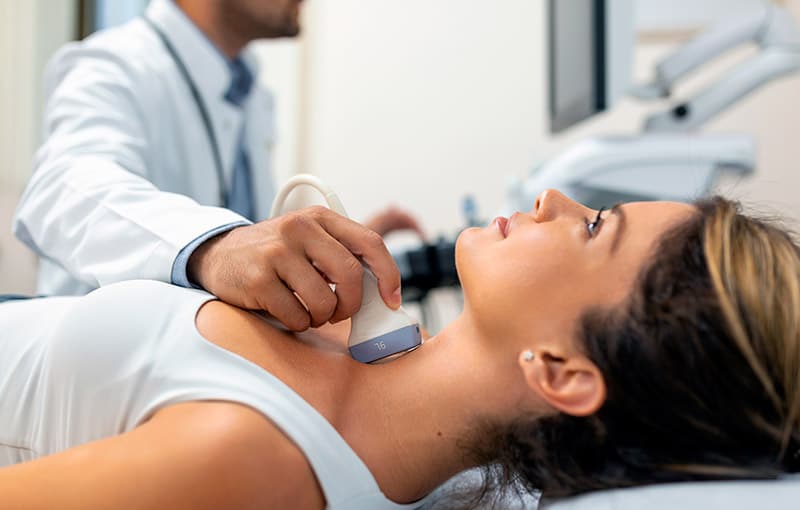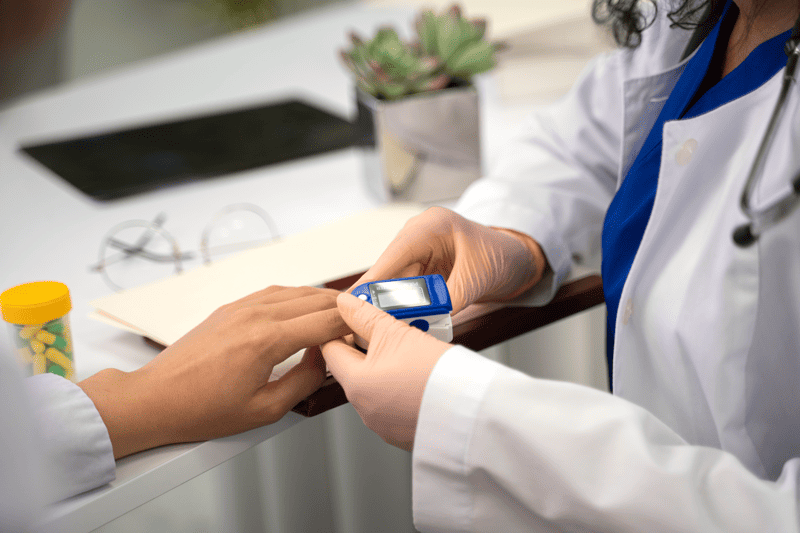
What is a Fundoscopic Exam?
Ever wondered what doctors are looking for when they examine the back of your eye? This seemingly simple procedure, called a fundoscopic exam, holds immense value in diagnosing and monitoring

Ever wondered what doctors are looking for when they examine the back of your eye? This seemingly simple procedure, called a fundoscopic exam, holds immense value in diagnosing and monitoring

The autonomic nervous system, often referred to as the “automatic nervous system,” plays a crucial role in regulating involuntary functions like heart rate, blood pressure, sweating, and digestion. When this

An ultrasound of the thyroid is a common diagnostic tool used by doctors to evaluate the structure and function of the thyroid gland. This non-invasive imaging technique provides detailed information

Hi friends, today we are talking about PCOS—Polycystic Ovarian Syndrome. PCOS is often misunderstood, and in this article, we’ll break down the facts for you, including what it is, the

When you or someone close to you suffers a broken bone, it’s crucial to know which medical specialist to consult for the best care. Broken bones, or fractures, are serious

Laser hair removal is a popular cosmetic procedure that uses laser technology to remove unwanted hair. While the idea of smooth, hair-free skin is appealing, the first step in this

When managing diabetes, nutrition plays a crucial role. But the question arises: Does Medicare cover nutrition counseling for diabetes? Understanding the scope of Medicare coverage can significantly impact how individuals

When it comes to thyroid health, a thyroid specialist, often an endocrinologist, plays a pivotal role. But what exactly does a thyroid specialist do? This question is not just for

Ever wondered what a doctor specializing in diabetes is called? In this comprehensive guide, we’ll unveil the title and role of such medical professionals in managing diabetes. Manage your diabetes